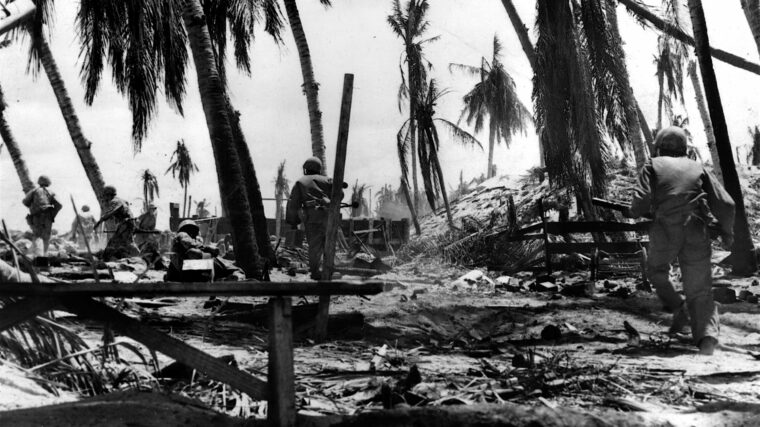
Sherman Tank
Melee for the Manhay-Grandmenil Sector in the Bulge
By Kirk A. FreemanThe young men of Companies H and I of 3rd Battalion, 517th Parachute Regiment (PIR) were about to move out for their assault on the crossroad town of Manhay, Belgium. Read more






















